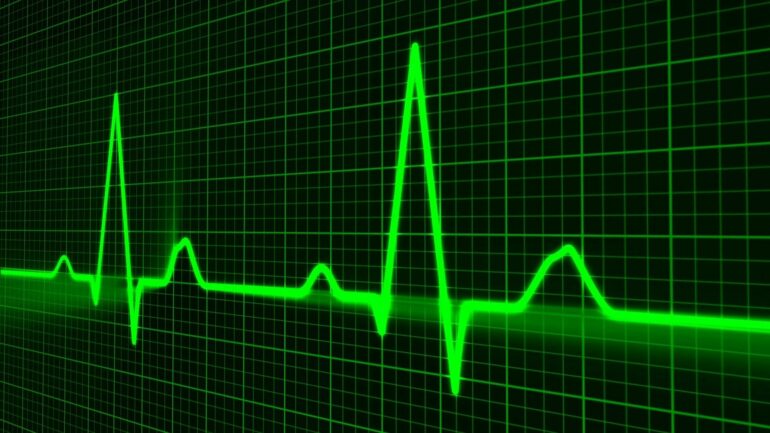A study carried out by the Universidad Carlos III de Madrid (UC3M), together with the Shahid Rajaee Teacher Training University of Iran, concludes that the heartbeat can be used as a biometric tool to identify people.
Biometrics is the science that explores the identification of humans and animals through biological measures or physical characteristics, for example, fingerprints or the iris of the eye. In this regard, biometric-based tools are increasingly used in fields such as security, to supplement or replace password systems; and in the field of civil administration, in the registration and provision of identity documents.
This research proposes an innovative technique for identifying people, based on the exclusive characteristics of their heartbeat. To do this, electrocardiograms (ECG) are used and five musical qualities are analyzed: dynamics, rhythm, timbre, pitch and tonality—commonly used to characterize audio files—applying them to the sound of heartbeats. Thus, a combination of parameters is obtained from these five qualities, which is unique for each person and has an accuracy rate of 96.6%.
“Biometric identification based on cardiac recording has been studied for years, proving to be effective. The main novelty of our work is that we look at the ECG recording, which is a temporary signal, as if it were a sound wave. From there, we analyze this sound wave using the qualities that are commonly used to characterize music,” explains Carmen Cámara, a researcher from UC3M’s Computer Science Department.
The main advantage of this technique is the universality of its identification, since, to this day, certain people still cannot be recognized by certain types of biometrics—in cases of injury, amputation or disabling physical characteristics—but the heartbeat is a bio-signal which is present in all human beings, without exception. Another advantage is its low cost and non-invasive operation: “Nowadays, there are already smart bracelets and watches that perform ECG recordings, so it would be sufficient to install an application on them which uses our identification algorithm,” says researcher Pedro Peris-López, also from UC3M’s Computer Science Department.
This technique is currently under development. Although the future of cardiac identification is promising, researchers say that they must “continue this line of research, before considering commercialization.” One of the critical aspects of this study is analyzing the behavior of the system according to the different activities that the person carries out, such as walking, running, resting, doing physical exercise or being in a stressful situation. Furthermore, factors such as the use of pacemakers or the effects of an arrhythmia must be taken into account.
Age is also a factor to consider: “Due to our aging, the signal changes slightly over time. This means that our system must be updated approximately every five years,” the researchers say.
More information:
Carmen Camara, Pedro Peris-Lopez, Masoumeh Safkhani, Nasour Bagheri, ECGsound for human identification, Biomedical Signal Processing and Control (2022). DOI: 10.1016/j.bspc.2021.103335
Provided by
Carlos III University of Madrid
Citation:
An algorithm makes it possible to identify people by their heartbeat (2022, March 24)



